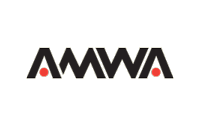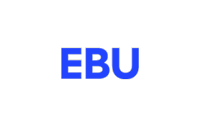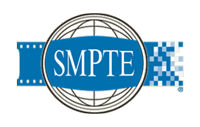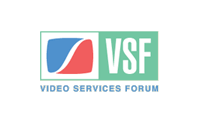Dematerialized Facilities
Two main sub-categories
Non-media specific IT
Software-only
Virtualizable – runs on virtual machines
COTS Hardware – entirely COTS or COTS w/specialised boards
Follows security current best practices
Layered & open architecture – follows current best practices
Cloud-fit – suitable for use in a cloud-based environment
On Demand – scalable, elastic, meterable
Security from the outset – Internet best-of-breed
Generic cloud infrastructure – ubiquitous/resilient/public API
Self-describing APIs – well documented, fully functional
Multi-cloud – private/public/multi-cloud vendor
NOTE: White paper available at http://www.jt-nm.org/documents/DematerialisationBackground_2017_09_05.pdf
The JT-NM has published a paper on Dematerialized Facilities. This paper explains in greater detail what it means to have dematerialized applications. The paper may be found at http://www.jt-nm.org/
What does Dematerialized mean?
There are two main sub-categories of dematerialization; non-media specific IT and Cloud-fit.
Non-media specific IT means the following:
- Media applications run in software only
- The applications may run on virtual machines. More than that, they are specifically written to take advantage of virtualization. They are not just the same old software but running on a VM.
- It is assumed that the applications run on Commercial Off The Shelf (COTS) hardware. This is what we mean by Non-media specific IT. The systems are either entirely COTS, or they are COTS with some specialized boards used to input or output signals such as SDI, Black Burst, etc.
- The applications may not have security built-in from the beginning but they follow security current best practices
- The software follows current best practices in layering and open architecture rather than being a “black box” where all the functionality is very tightly integrated.
Cloud-fit means the following:
- Facilities built on this architecture are suitable for use in a cloud-based environment
- They can be created on-demand
- They can grow larger or smaller dynamically
- Their size can change in response to demand (elastic).
- The use of resources in the facility can be measured (meterable).
- Security is built-in from the beginning and employs security technologies that are best-of-breed
- Media applications run on generic cloud infrastructure. As a result they can run anywhere (ubiquitous), they can take advantage of diverse locations, backup strategies and other business continuity strategies in the Cloud (resilient), and they make use of public Application Programming Interfaces (APIs)
- They use self-describing APIs that are well documented and fully functional. Software programmers to not need specialized knowledge to make use of the APIs in media applications
- Media applications that are cloud-fit can run in a private cloud, and they can run in a multi-vendor cloud envionment
The Joint Task Force on Networked Media is led by the following JT-NM Admin Group members:



